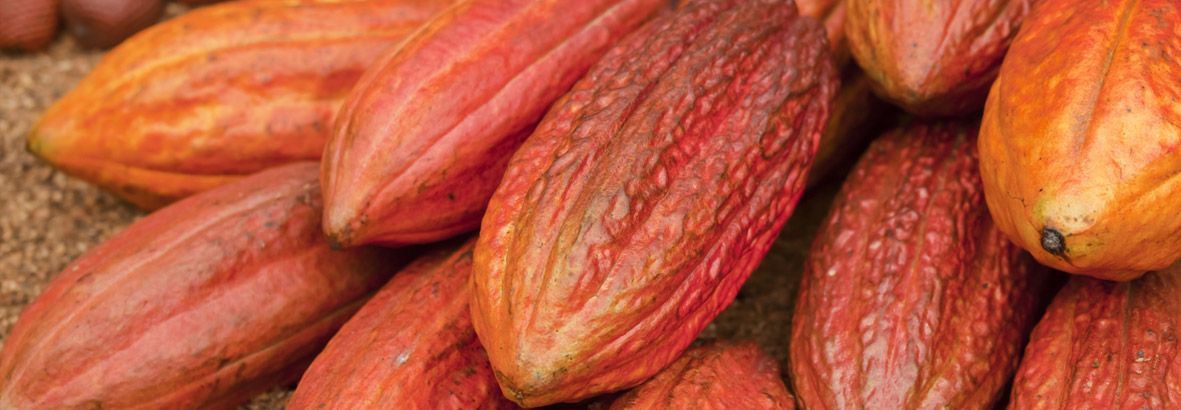What is a Geographical Indication?
A geographical indication (GI) is any sign or symbol that identifies goods as emanating from any specific region or location of a country that gives the goods its known quality, reputation or characteristics that are essentially attributable to that region or locality.
An application for the registration of a GI must be submitted on the prescribed application form (Form 1).
On this page – Quick links
- What is a Geographical Indication?
- What are the three (3) reasons why goods gain the status of a GI?
- What types of products may be considered GI’s?
- Are GI’s limited to agricultural products?
- Can you name some GI’s from around the world?
- How do Geographical Indications differ from Trade Marks?
- Can a geographical name be ‘generic’, and as such can be prohibited from gaining the status of a GI?
What are the three (3) reasons why goods gain the status of a GI?
Goods can only gain GI’s status because they retain;
- A known Quality;
- Specific Characteristics; or
- A Reputation – that is essentially attributable to the region or locality from which the goods originate.
What types of products may be considered GI’s?
Geographical Indications may be used for a wide variety of products, whether natural, agricultural or manufactured. Various agricultural products retain qualities derived from their place of origin and are influenced by specific local factors, such as climate and soil. It is important that the product derives its qualities and reputation from that place. Some examples of GIs are Champagne, Scotch Whiskey, Parmesan Cheese and Swiss Watches.
Are GI’s limited to agricultural products?
No. The use of GIs is not limited to agricultural products because GIs may also highlight qualities of a product which are due to human factors associated with the place of origin of the products, such as specific manufacturing skills and traditions. A very good example of this is Swiss Watches. The term SWISS or SWISS MADE for watches is commonly understood as referring to high quality watches manufactured in Switzerland. As stated on the Federation of the Swiss Watch Industry’s website, the understanding is that “Swiss quality for watches depends on the amount of work actually carried out in Switzerland even if some foreign components are used in it.”
Can you name some GI’s from around the world?
There are various examples of GI’s from around the world. The more popular ones include:
- Parmesan Cheese and Parma Ham (named after the producing areas nearParma, Italy)
- Roquefort Cheese (Roquefort des Corbières a village located in the south of France)
- Cuban Cigars (Rolled from tobacco leaves found throughout Cuba)
- Champagne (produced from grapes grown in the Champagne region of France)
- Cognac (named after the town of Cognacin France)
- Scotch Whisky (malt whisky or grain whisky made inScotland)
- Tequila (made from the blue agave plant, primarily from the city of Tequila, Mexico)
- Sherry (made from white grapes that are grown near the town of Jerez, Spain (the word “Sherry” is the English version of the Spanish Jerez)
- Colombian Coffee (The coffee produced in Colombia has been recognized worldwide as having high quality and distinctive taste because of the region and its climate)
- Florida Oranges (It is said that the soil, climate and process of producing Florida oranges is distinct)
- Idaho Potatoes (The weather and elevation in the state of Idaho, America makes conditions ideal for growing potatoes.).
How do Geographical Indications differ from Trade Marks?
A trade mark is a sign capable of distinguishing the goods or services of one trader from those of other traders. By contrast a GI tells consumers that a product is produced in a certain place and has certain characteristics that are due to that place of production. For example, Champagne is a GI for wine that comes from the Champagne region of France and informs consumers of this fact by its very name, Champagne. One of the world’s largest Champagne producers is a French winery and company, Moët & Chandon whose registered trademark, Moët & Chandon, appears on the bottle. Thus the TM and the GI are distinct from each other.
Can a geographical name be ‘generic’, and as such can be prohibited from gaining the status of a GI?
If a geographical term is used as the common designation of a kind of product, rather than an indication of the place of origin of that product, then the term no longer functions as a geographical indication. Where this has occurred in a certain country, then that country may refuse to recognize or protect that term as a geographical indication.



